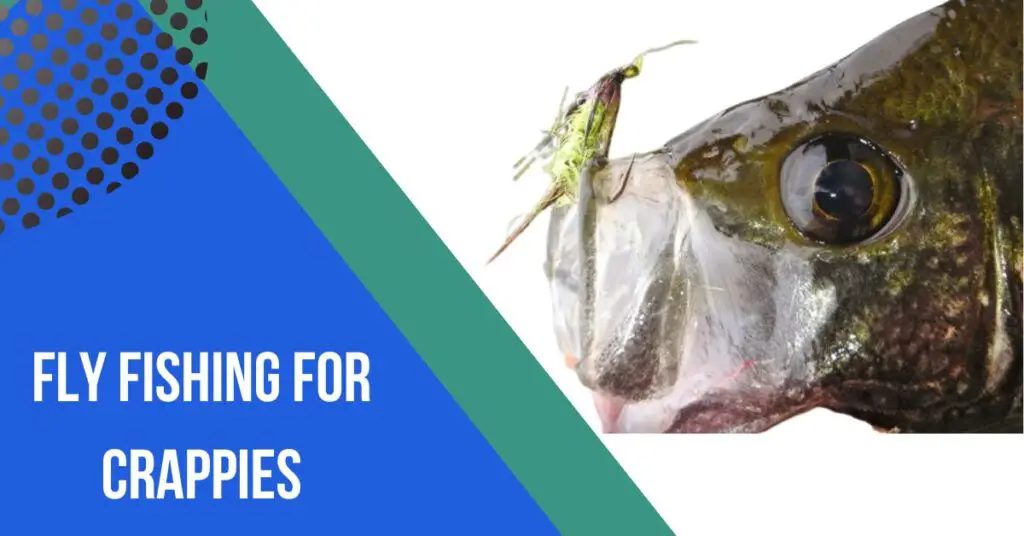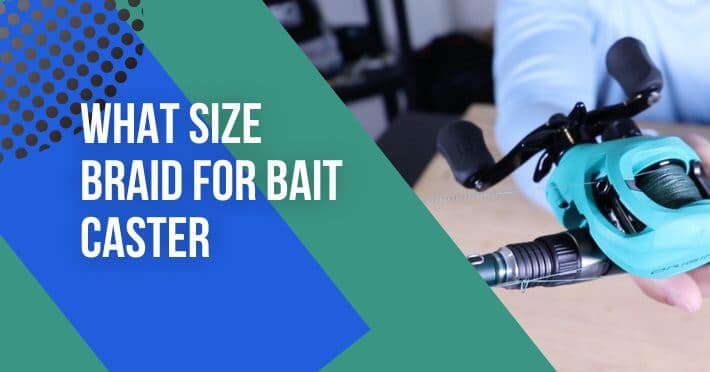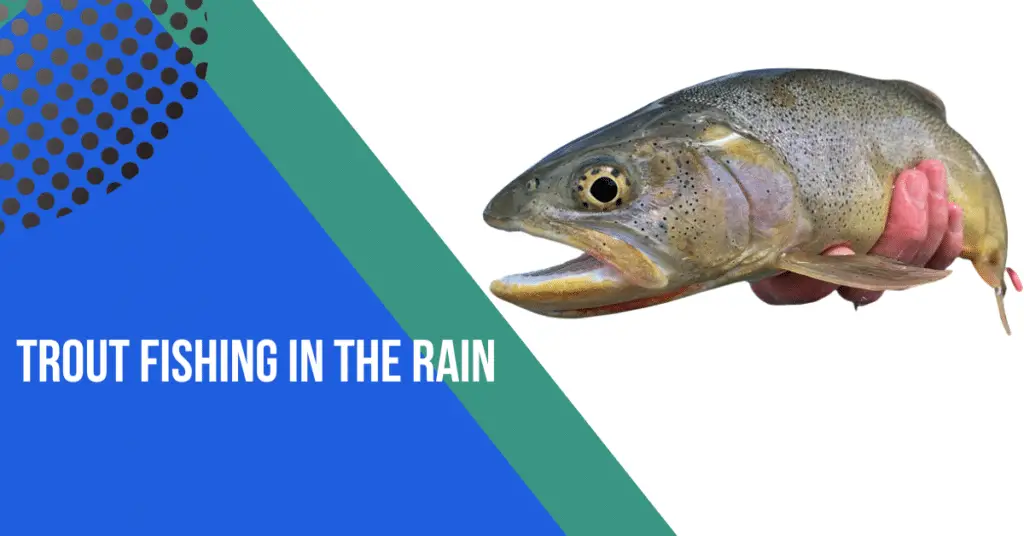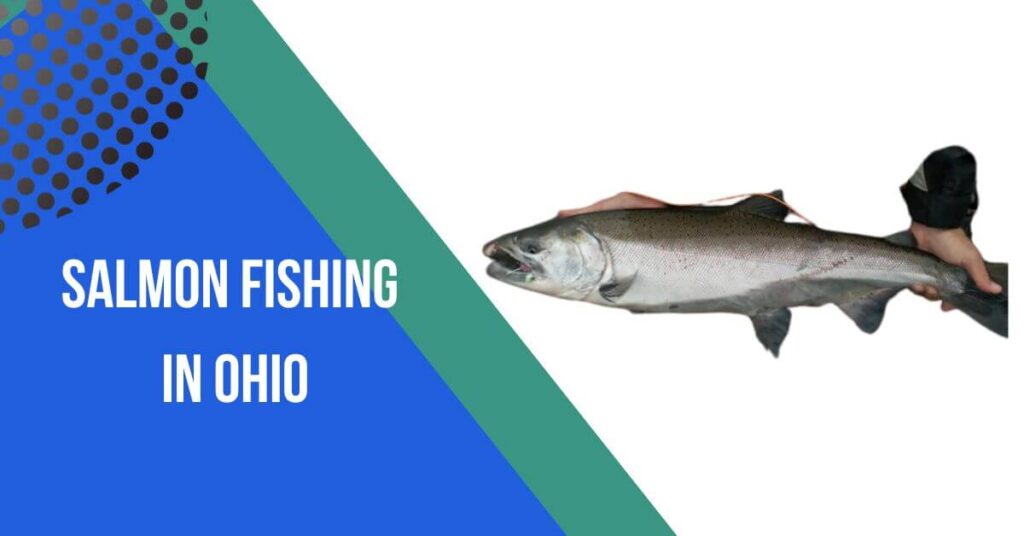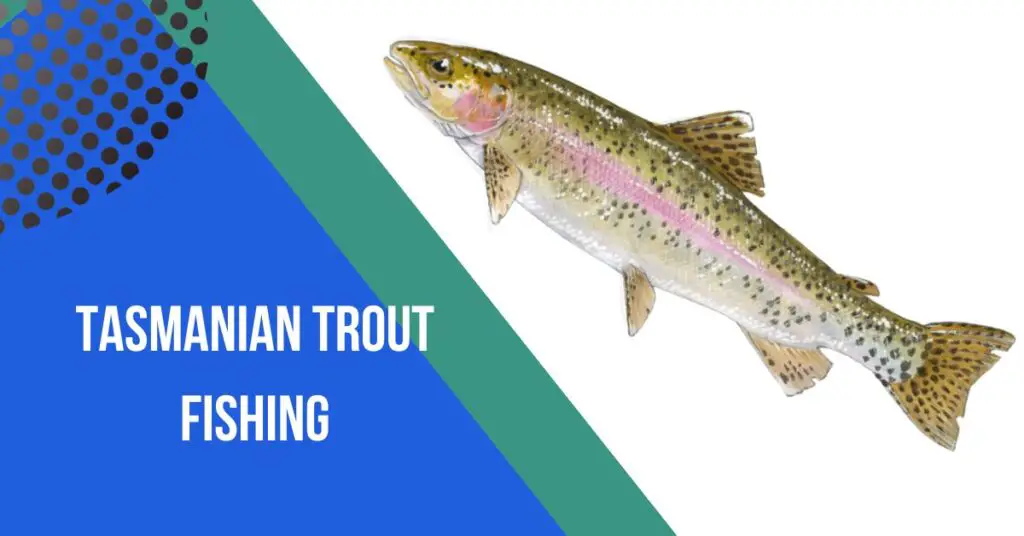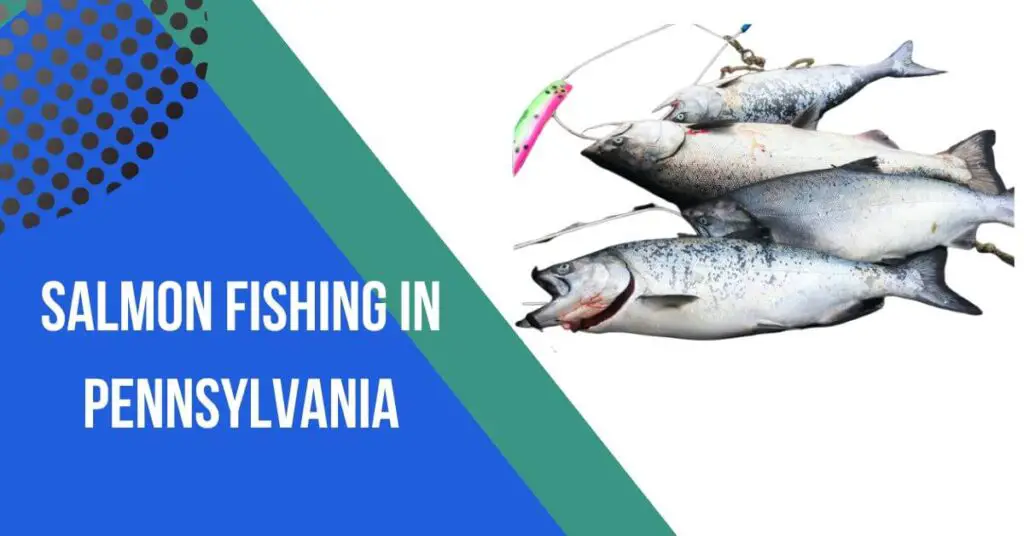Contents
- 1 Fly Fishing For Crappies:
- 2 Fly Rod And Reel Selection:
- 3 Fly Rod:
- 4 Fly Reel:
- 5 Line:
- 6 Additional Considerations:
- 7 Troubleshooting And Tips:
- 8 Troubleshooting in Crappie Fly Fishing:Casting Issues:
- 9 Fly Presentation:
- 10 Landing Fish:
- 11 Fly Selection:
- 12 Reading the Water:
- 13 Tips for Successful Crappie Fly Fishing:
- 14 Tips For Improving Success On The Water:
- 15 Conclusion:
- 16 FAQs:
- 17 What is the best time of year to fly fish for crappies?
- 18 What types of flies are effective for crappies?
- 19 What weight fly rod is suitable for crappie fishing?
- 20 How do I locate crappies in a lake or pond?
- 21 What retrieval techniques work best for crappie fly fishing?
- 22 Do crappies prefer certain water depths?
- 23 How can I avoid spooking crappies in clear water?
- 24 Is catch-and-release important for crappie fly fishing?
- 25 What should I do if crappies are not taking my flight?
- 26 Can I use the same fly fishing gear for crappies as for other species?
Welcome to the world of fly fishing for crappies, a thrilling and rewarding angling experience. Crappie fishing with a fly rod adds extra excitement to the sport.
Crappies, with their distinctive markings and scrappy fights, are a favorite among anglers and fly fishing allows you to target them uniquely and enjoyably.
Fly fishing for crappies involves using specialized fly gear, lightweight flies, and a finesse casting technique.
The delicate presentation of a fly mimics the insects and small baitfish that crappies feed on, enticing them to strike.
It requires a bit of skill and patience, but the satisfaction of landing crappies on a fly rod is well worth the effort.
Whether you’re a seasoned fly angler or a beginner, this journey into crappie fly fishing will introduce you to new techniques, gear, and strategies.
From selecting the right flies to mastering the art of the cast, each aspect contributes to a fulfilling angling experience.
So, grab your fly rod, tie on a few patterns, and get ready to explore the world of fly fishing for crappies!
Fly Fishing For Crappies:
Fly fishing for crappies is an exciting and rewarding angling experience that combines the art of fly fishing with the pursuit of these popular panfish.
Crappies, known for their distinctive markings and delicious taste, are a sought-after species among anglers.
The essence of fly fishing for crappies lies in using specialized fly gear, lightweight flies, and finesse casting techniques to mimic the insects and small baitfish that crappies prey upon.
Unlike traditional methods, fly fishing for crappies involves presenting the fly with a delicate touch, enticing the fish to strike. This technique requires patience and skill, making it both challenging and enjoyable.
Anglers often use lightweight fly rods, reels, and lines specifically designed for crappie fishing, along with a variety of fly patterns that imitate the natural prey of crappies.
Understanding the behavior of crappies in different environments, adapting to seasonal variations, and practicing responsible catch-and-release contribute to a holistic fly fishing experience.
Whether you’re a novice or an experienced angler, fly fishing for crappies offers a unique and immersive way to connect with nature while pursuing these popular freshwater gamefish.
Fly Rod And Reel Selection:
Selecting the right fly rod and reel is crucial for an effective and enjoyable crappie fly fishing experience.
Here are some considerations for choosing the appropriate gear:
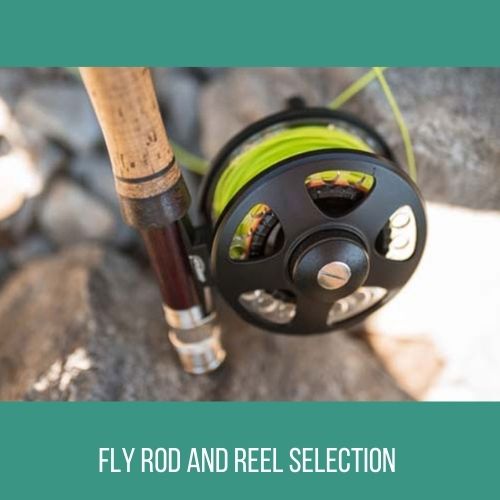
Fly Rod:
>> Weight and Length:
- Opt for a lightweight fly rod, typically in the 2 to 5-weight range.
- A rod length of 7 to 9 feet is suitable for crappie fishing, offering precision and control.
>> Action:
- Choose a moderate to fast action rod for versatility in different casting situations.
- A moderate action provides a more forgiving casting stroke, which can be helpful for beginners.
>> Material:
- Graphite rods are popular for their lightweight and sensitivity, making them well-suited for crappie fishing.
Fly Reel:
Arbor Size:
Select a reel with a mid to large arbor for quicker line retrieval, helping manage fast crappie runs.
Drag System:
A smooth and adjustable drag system is essential for handling the occasional larger crappie or targeting other species.
Weight:
Choose a reel that complements the weight of the fly rod, maintaining a balanced setup.
Line:
- Weight Forward Line:
A weight forward (WF) floating fly line is versatile and effective for crappie fishing. - Line Weight:
Match the line weight to the rod weight for optimal performance.
Additional Considerations:
- Budget:
Consider your budget but prioritize quality within that range, as a well-made rod and reel can significantly enhance your experience. - Brand and Reviews:
Research reputable brands and read reviews to ensure reliability and performance. - Versatility:
Choose gear that allows for versatility, enabling you to adapt to different fishing conditions and locations.
Remember, the right rod and reel combination should feel comfortable in your hands and suit the specific conditions you’ll encounter while fly fishing for crappies.
Visit a local fly shop or consult with experienced anglers for personalized recommendations based on your preferences and fishing environment.
Troubleshooting And Tips:
Troubleshooting in Crappie Fly Fishing:
Casting Issues:
● Problem: Difficulty casting accurately.
● Solution: Practice casting in open areas; focus on finesse and accuracy rather than distance.
Fly Presentation:
- Problem: Crappies are not taking the fly.
- Solution: Experiment with different retrieval speeds and depths; observe crappie behavior and adjust accordingly.
Landing Fish:
- Problem: Losing crappies during the fight.
- Solution: Use a light tippet, maintain a balanced rod angle, and play the fish patiently; avoid excessive force.
Fly Selection:
- Problem: Crappies are not interested in the chosen fly.
- Solution: Try different fly patterns, sizes, and colors; observe the natural prey in the area and match the hatch.
Reading the Water:
- Problem: Need help locating crappie habitats.
- Solution: Look for structures like submerged trees, weed beds, and drop-offs; use polarized sunglasses to spot fish in shallow waters.
Tips for Successful Crappie Fly Fishing:
- Choose the Right Time:
Crappies are often more active during dawn and dusk, so plan your fishing trips accordingly.
- Use Light Tippet:
Employ light tippet sizes (4X to 6X) for subtle presentations, especially in clear water.
- Explore Different Depths:
Vary your retrieval depths to find where the crappies are feeding, as they may suspend at different levels.
- Pay Attention to Seasonal Patterns:
Understand how crappie behavior changes with the seasons and adapt your techniques accordingly.
- Practice Catch-and-Release:
Preserve the crappie population by practicing responsible catch-and-release; handle fish gently and minimize stress.
- Stay Mobile:
If one spot isn’t productive, don’t hesitate to move around and explore different areas of the water.
- Stay Stealthy:
Approach fishing spots quietly to avoid spooking crappies, especially in clear water conditions.
- Stay Informed:
Stay updated on local fishing reports and conditions, and be open to trying new techniques based on current information.
- Learn from Experience:
Keep a fishing journal to record successful patterns, locations, and conditions, which can help improve your future outings.
- Enjoy the Process:
Fly fishing for crappies is not just about the catch; appreciate the surroundings and the experience of being on the water.
By troubleshooting common issues and applying these tips, you can enhance your crappie fly fishing skills and increase your chances of success on the water.
Tips For Improving Success On The Water:
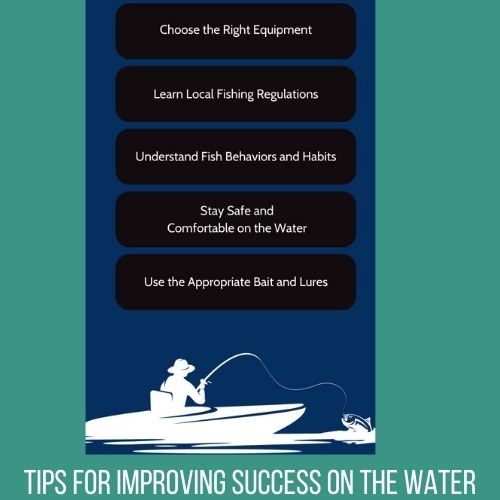
Certainly! Here are some tips to help improve your success while fly fishing for crappies:
- Observe the Water:
Take time to observe the water for signs of crappie activity, such as feeding ripples, jumping fish, or surface disturbances. - Match the Hatch:
Pay attention to the insects and small baitfish in the area and select fly patterns that closely resemble the natural prey of crappies. - Experiment with Retrieve Speeds:
Crappies can respond to different retrieval speeds. Vary your retrieve to find the speed that entices strikes. - Fish the Structure:
Target underwater structures such as submerged trees, brush piles, and weed beds where crappies often congregate. - Use Polarized Sunglasses:
Invest in polarized sunglasses to reduce glare on the water’s surface, making it easier to spot crappies and their feeding behavior. - Stay Mobile:
If you’re not having success in one area, be willing to move and explore different parts of the water to locate active crappies. - Fine-Tune Your Casts:
Practice precision casting to place your fly accurately near the structure or along the edges of drop-offs where crappies may be lurking. - Adjust Leader Length:
Experiment with leader lengths to find the right balance between presenting the fly effectively and avoiding spooking crappies in clear water. - Fish Different Depths:
Crappies may suspend at different depths. Adjust your fly’s depth by changing your line or using sinking leaders to explore the water column. - Learn Seasonal Patterns:
Understand how crappie behavior changes with the seasons, including spawning and feeding patterns, to adapt your strategies accordingly. - Stay Mindful of Wind:
Wind can affect your casting accuracy. Position yourself to cast with or against the wind, and adjust your casting techniques accordingly. - Keep Noise to a Minimum:
Crappies can be sensitive to noise. Move quietly and avoid unnecessary disturbances to prevent spooking the fish. - Fish during Low-Light Periods:
Crappies are often more active during low-light periods, such as early morning or late evening. Plan your fishing trips around these times. - Use Light Tackle:
Opt for lightweight fly gear to enhance the finesse required for crappie fly fishing. Lighter gear can also make the fight more enjoyable. - Stay Patient:
Crappies can be selective, and success may not always come instantly. Exercise patience, stay persistent, and enjoy the process of learning and adapting.
By incorporating these tips into your crappie fly fishing routine, you can increase your chances of a successful and enjoyable experience on the water.
Conclusion:
In conclusion, fly fishing for crappies offers a unique blend of skill, finesse, and appreciation for the natural environment.
With the right gear, techniques, and a willingness to adapt, anglers can unlock a rewarding experience on the water.
Whether you’re casting near submerged structures, adjusting to seasonal patterns, or simply enjoying the thrill of the fight, crappie fly fishing is a pursuit that encourages continuous learning and connection with the aquatic world.
So, embrace the challenges, savor the moments, and find joy in the pursuit of these spirited panfish with a fly rod in hand. Happy fishing!
FAQs:
Certainly! Here are some frequently asked questions (FAQs) about fly fishing for crappies:
What is the best time of year to fly fish for crappies?
Crappies are active during various seasons, but spring and fall are often considered prime times. During these seasons, crappies move to shallower waters for spawning and feeding.
What types of flies are effective for crappies?
Effective fly patterns for crappies include small streamers, woolly buggers, nymphs, and minnow imitations. Choose patterns that match the local insect and baitfish population.
What weight fly rod is suitable for crappie fishing?
A lightweight fly rod in the 2 to 5-weight range is suitable for crappie fishing. A 3 or 4-weight rod is a popular choice for its balance of finesse and power.
How do I locate crappies in a lake or pond?
Look for submerged structures like trees, brush piles, and drop-offs. Crappies often gather near these areas. Additionally, pay attention to changes in water temperature and seasonal movements.
What retrieval techniques work best for crappie fly fishing?
Experiment with various retrieval speeds, including slow and steady retrieves, erratic retrieves, and pauses. Crappies can respond differently based on their mood and feeding activity.
Do crappies prefer certain water depths?
Crappies can be found at different depths depending on the season and water conditions. They may suspend at various levels, so it’s essential to explore different depths to locate active fish.
How can I avoid spooking crappies in clear water?
Use light tippet sizes, approach fishing spots quietly, and make accurate casts to minimize disturbances. Polarized sunglasses can also help you see fish without being seen.
Is catch-and-release important for crappie fly fishing?
Yes, practicing catch-and-release helps preserve the crappie population. Handle fish gently, use barbless hooks, and follow local regulations to ensure sustainable fishing practices.
What should I do if crappies are not taking my flight?
Try changing your fly pattern, size, or color to match the natural prey. Experiment
with different presentations, retrieve speeds, and depths until you find what entices the crappies.
Can I use the same fly fishing gear for crappies as for other species?
While some gear can be versatile, it’s advisable to have a dedicated lightweight fly rod and reel for crappie fishing. A balanced setup enhances your ability to present flies delicately.
Remember that these answers serve as general guidance, and local conditions may vary. Always check local regulations and conditions before heading out for crappie fly fishing.

